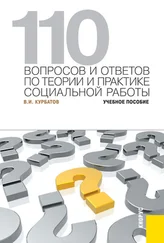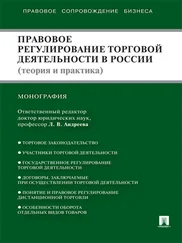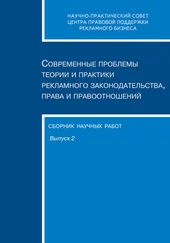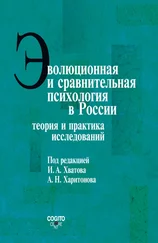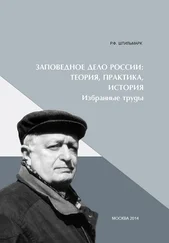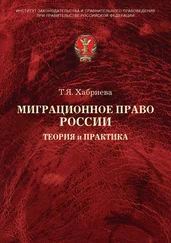He intended to establish a concrete economic alternative to market-dominated production in an “anarchically built capitalist society” and the “spontaneously growing and expanding national and international market” system,
3 3 Ibid. P. 238.
but which had not yet overstepped the limitations of the existing “mixed market economy.” True, he had already advocated “the strictest and universal accounting and control of the production and distribution of goods.” Since he spoke about “setting up an extremely intricate and delicate system of new organisational relationships”, whose realization was not merely a technical matter, it is natural that he did not envisage a complete and immediate termination of all market relations as “time is needed” to “convince the people” and “deepen consciousness.” Nevertheless, just such a termination would shortly be implemented under civil war conditions. As the organization of the new method of production and distribution was not proceeding at the required pace and with the expected breadth, Lenin concluded that the capitalist sector would have to remain standing. He said, “If we decided to continue to expropriate capital at the same rate at which we have been doing up to now, we should certainly suffer defeat”, and elsewhere that “the expropriation of the expropriators” is easier than introducing a new system.
He believed that the Red Guard attacks on capital had drawn to a close and the period of “utilising bourgeois specialists by the proletarian state power” had begun. 4 4 Ibid. P. 246, 248.
He even strayed from every theoretical premise and declared unequivocally that these specialists must be engaged in the service of the new regime with “high remuneration”. Lenin described this “winning over the ‘stars’ of the intelligentsia” as a “step back” and a “partial retreat” when compared with socialist equality. 5 5 Ibid. P. 248–250.
In the same breath – and with great prescience – he spoke of a certain and inevitable corruption of this system, the weakening of its moral fiber as a sort of natural concomitant of “market economy”. “The corrupting influence of high salaries – both upon the Soviet authorities (especially since the revolution occurred so rapidly that it was impossible to prevent a certain number of adventurers and rogues from getting into positions of authority…) and upon the mass of the workers – is indisputable.” Yet he never found a convincing solution to this contradiction, always thinking in terms of “socialist” and “proletarian” consciousness, because they had not been able to establish “comprehensive control and accounting,” and had “fallen behind with the socialist reforms.” “We have introduced workers’ control as a law, but this law … is only just beginning to penetrate the minds of broad sections of the proletariat.” 6 6 Lenin Collected Works (LCW). Vol. 27. P. 254.
Essentially, the expansion of state regulation to capitalist production and turnover of goods (to the cooperatives as well) may become a fundamental question regarding financial and market conditions in the “transition leading to socialism”. 7 7 On this, see for example: Dmitrenko V.P. Sovyetskaya ekonomicheskaya politika v pervie godi proletarskoy diktaturi [Soviet economic policy in the first years of the dictatorship of the proletariat]. Moscow: Nauka, 1986. P. 21–29.
A virtually unnoticed shift took place within this political framework toward war-communist restrictions of the market economy. Originally instrumental in defending against foreign capital and establishing independence internally, the state monopoly on grain (introduced by the Provisional Government’s law of 25 March 1917) was followed by plans for both a state monopoly on foreign trade and a property tax, as a way of “supplementing” the budget. 8 8 Production for the market and directly for state requirements raised the issues of disciplined work and remuneration. The Council of Labor Unions introduced strict rules of conduct at state-owned enterprises in April 1918, and after the October Revolution performance-based pay replaced work hours–based pay, meaning that a quarter of the workers at the companies in Petrograd received performance-based pay by July. LCW. Vol. 27. P. 583. See also: Szamuely L. Az első szocialista gazdasági mechanizmusok. Közgazdasági és Jogi Könyvkiadу. Budapest, 1971; Krausz T. Szocializmus-képek a huszas években. Átmeneti korszak és szocializmus // Világosság. 1984. № 4. P. 202–210.
At the same time, in The Impending Catastrophe, he drew a clear line between state control of the bourgeoisie and the expropriation of private property that applied to the bourgeoisie, even arguing against expropriation in this specific case:
If nationalisation of the banks is so often confused with the confiscation of private property, it is the bourgeois press which has an interest in deceiving the public… Whoever owned fifteen rubles on a savings account would continue to be the owner of fifteen rubles after the nationalisation of the banks; and whoever had fifteen million rubles would continue after the nationalisation of the banks to have fifteen million rubles in the form of shares, bonds, bills, commercial certifi cates and so on. 9 9 LCW. Vol. 25. P. 330.
The purpose of nationalization was to oversee the financial and economic processes, the actual collection of personal income taxes, etc. Lenin contrasted reactionary-bourgeois regulation to revolutionary democratic regulation, with bottom-up control, with whose limitations he soon came face-to-face. He had already stipulated that the construction of the most modern heavy industry would require state-of-the-art technical-technological progress, to apply “much of what is scientific and progressive in the Taylor system; we must make wages correspond to the total amount of goods turned out, or to the amount of work done by the railways, the water transport system, etc., etc.” Lenin thought that the feasibility of socialism depended on the successes that could be achieved in the field of “combining Soviet power and the Soviet organisation of administration with the up-to-date achievements of capitalism.” 10 10 Ibid. Vol. 27. P. 259.
Apart from the cooperation and competition of economic sectors and modes of production, Lenin also spoke about the “competition of communes,” and etched out its moral driving forces more clearly than its material and economic bases. In contrast to the “allowances” made to market and financial conditions and the “bourgeois cooperatives,” the “socialist state can arise only as a network of producers’ and consumers’ communes, which conscientiously keep account of their production and consumption, economise on labour, and steadily raise the productivity of labour, thus making it possible to reduce the working day to seven, six and even fewer hours.”
Lenin had taken note of this, and by the spring of 1918, famine ravaged the cities On his initiative, the Council of People’s Commissars introduced the “dictatorship of state subsistence,” the formation of the poor peasant committees. Many writers tend to wax theoretical about these spontaneous measures, as if Lenin had ventured upon these in line with a concept he had invented earlier; on some theoretical basis; or even with the assumption that some sort of special socialism or theoretical model could be erected on the basis of these actions. In fact, a political turn was outlined in May 1918, leading from a state-supervised mixed market economy to a dictatorship of state subsistence that swept spontaneously toward war communism. The latter, in the beginning, was determined and validated by the internal armed counterrevolution and interventionist military attacks.
Читать дальше


